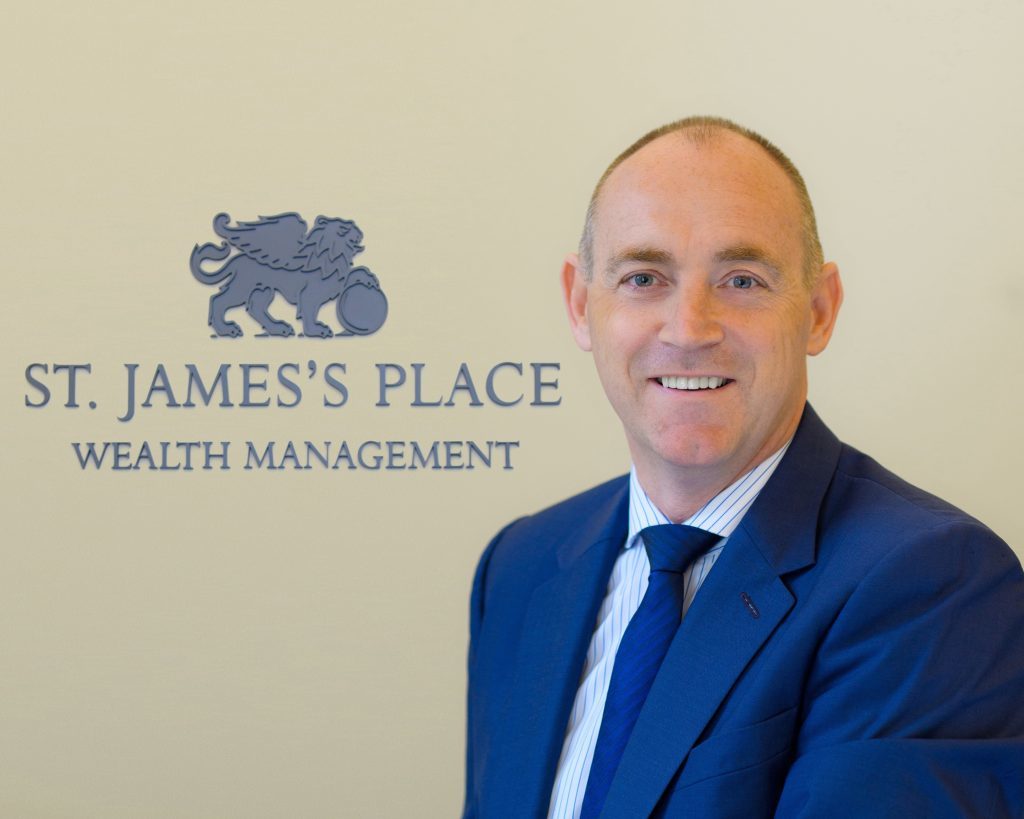
Global markets behaved as unpredictably as ever during 2016.
Bond yields fell to historic lows and equities jumped from fear to hope in short order, often driven by unforeseen political events.
It was the latest reminder that over the past three decades stocks and bonds have not behaved as traditionally expected, creating significant challenges for members and trustees of defined benefit (DB) pension schemes.
Increasing lifespans and rising inflation have made such schemes far more expensive to run – many companies have had to close them.
As a result, a major shift in power has been underway.
As more DB schemes have closed, so the responsibility for generating a retirement income has passed to individuals.
Where companies once faced the challenge of working out how to fund their employees’ retirement years, the onus is increasingly on employees to make sure they have made adequate provision for retirement.
Whether you are the trustee of a pension scheme or someone investing to secure your own financial health in retirement, it is important to develop a funding plan as early as possible.
We believe such a plan should be split into three stages.
The beginning requires a save and invest strategy, the middle calls for a grow and protect approach and the end stage focus should be on income and protection.
At each stage, it is important to understand what you are trying to achieve, the investment risk you can afford to take and how much you need to save in order to reach your goal.
With that in mind, there are three simple steps we believe will help you to succeed in your aims.
Set your long-term goal
When it comes to investing, as in so many other matters, most people focus on the present rather than on their future needs.
Yet the key to well-informed decision-making is to begin with the end in mind and be clear on what you are trying to achieve. This will inform what you need to do today and whether this target is realistic.
For a pension scheme, the target would be meeting all of its commitments. For savers, it could be to accumulate enough to provide a desired level of income in retirement.
Once you are clear on the end goal, you can work backwards to calculate how much to save and decide the right investment strategy, taking advantage of available tax incentives.
Take the right risks at the right time
Managing risk is of fundamental importance in achieving your financial goals. It is a careful balancing act.
Not taking enough risk in the beginning and middle stages of your investment journey is as bad as taking too much at the end.
Typically, the further from the end you are, the greater your potential risk tolerance.
It doesn’t matter if markets have a poor performance next year if you have 10 to 15 years to invest before reaching your retirement age.
Hence the beginning and middle stages are opportunities to grow your wealth by taking more risk to enhance your investment returns.
As you approach the end stage, protecting your accumulated wealth is as important to meeting your goal as investing for future growth. This is where advice is so important.
Start early
More than anything else, the key to securing your financial future and meeting your goals is to start early. The power of compounding investment returns can be incredibly rewarding over the long term.
While the end goal may appear daunting, starting early and saving often is the foundation to long-term wealth. It’s the same as learning a new skill; little things done often and well create extraordinary results.
Saving for retirement is undoubtedly harder than it used to be but with careful planning it is still possible to achieve your retirement goals.
If you plan ahead, start early, give consistently, make appropriate risk decisions and seek out trusted advice, then financial security remains within reach, whatever the headwinds.